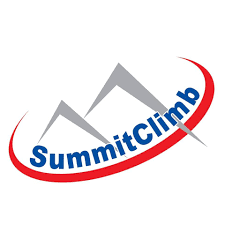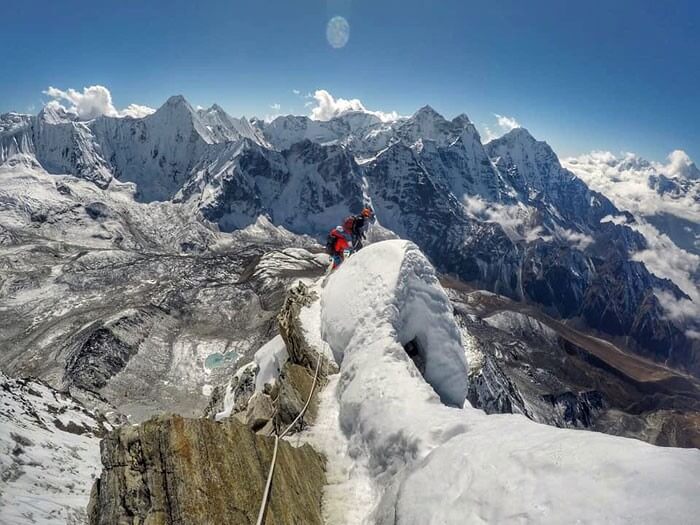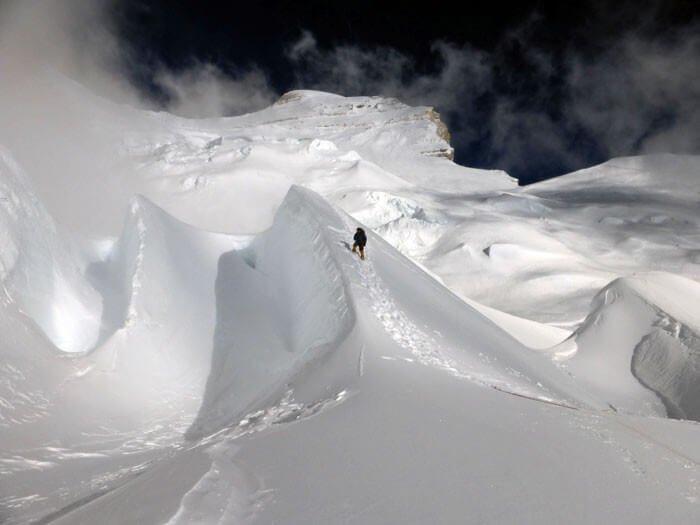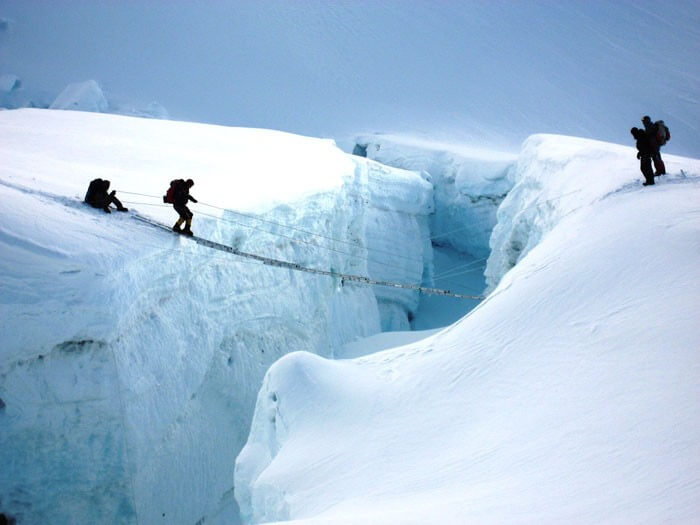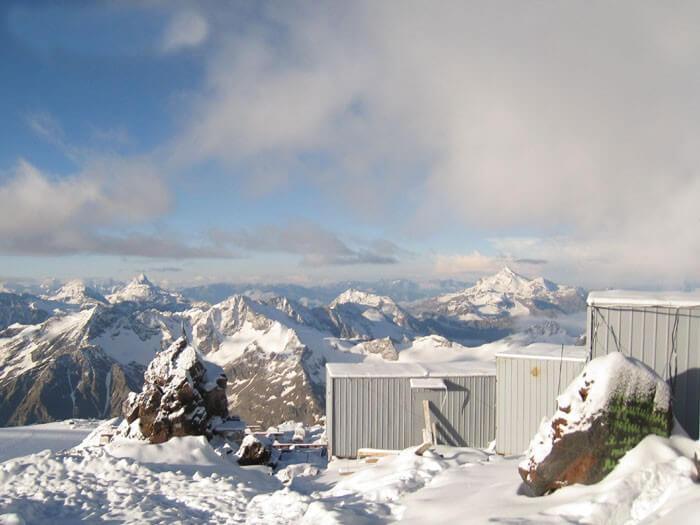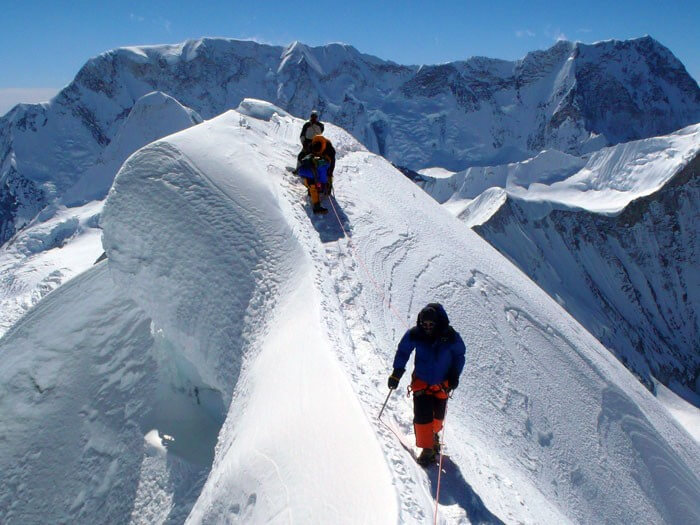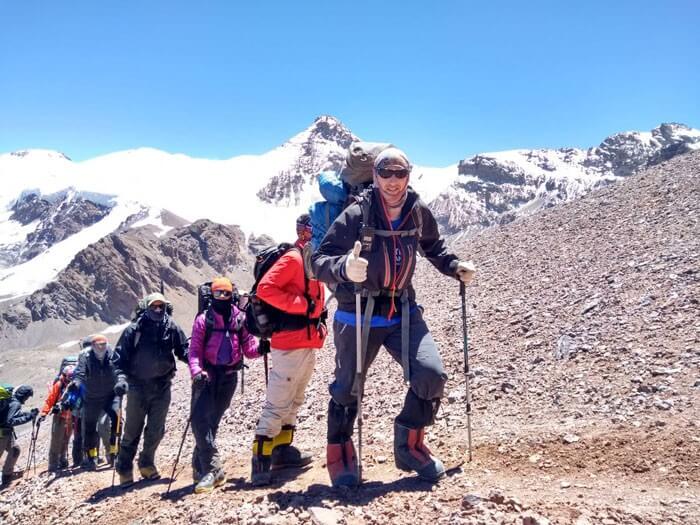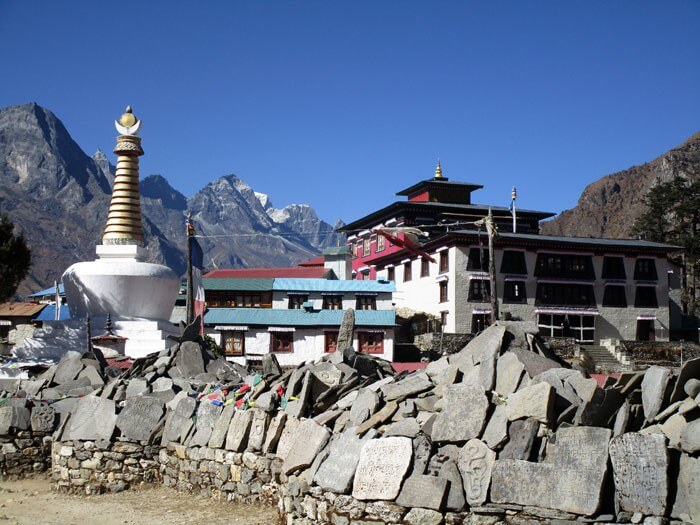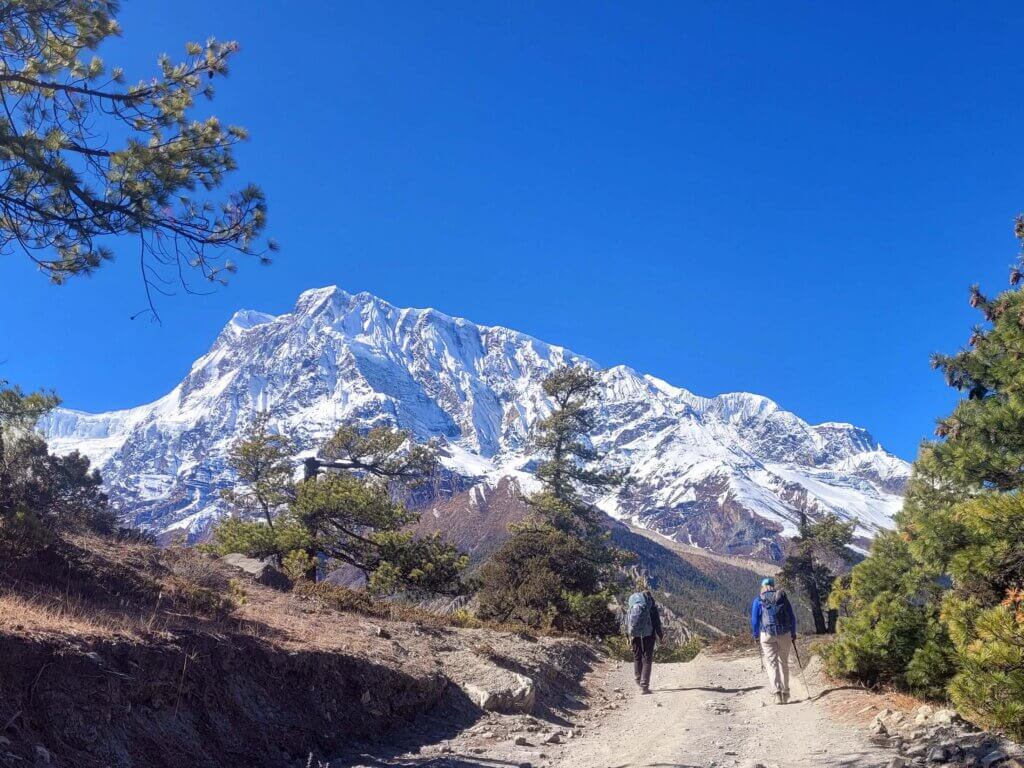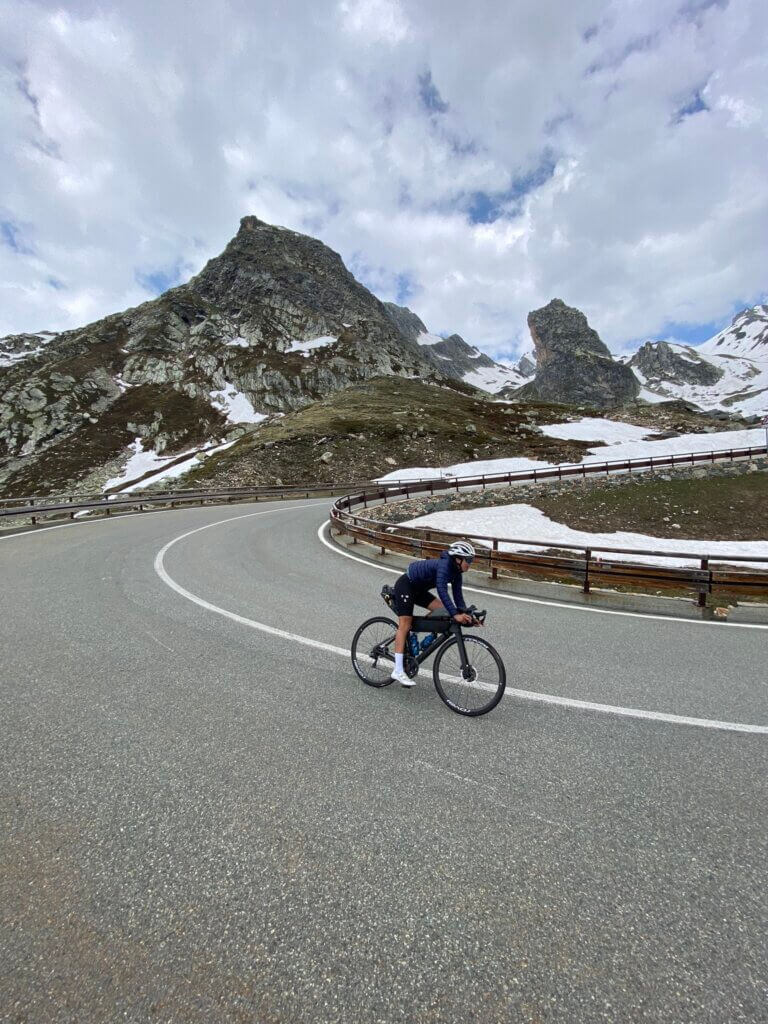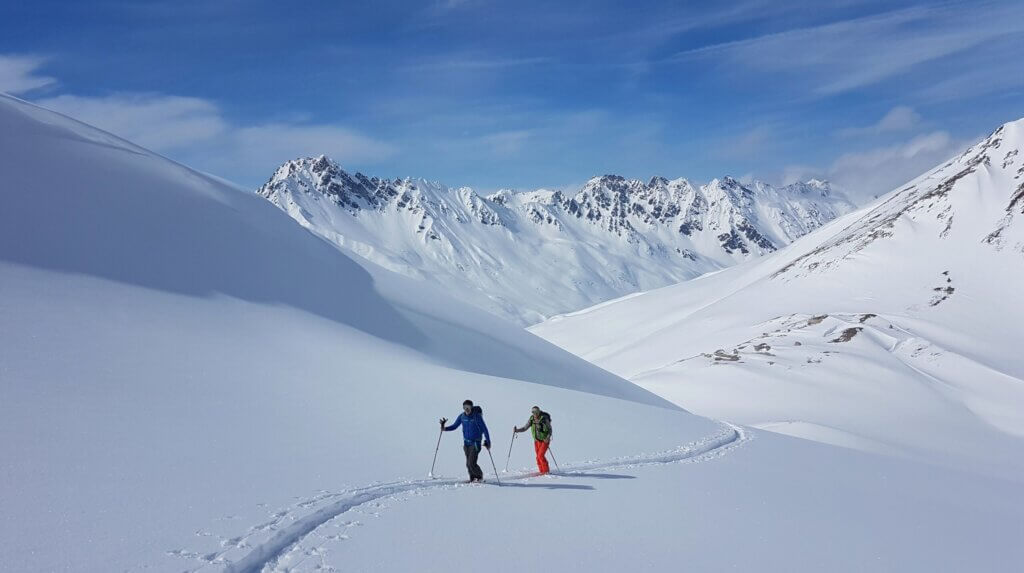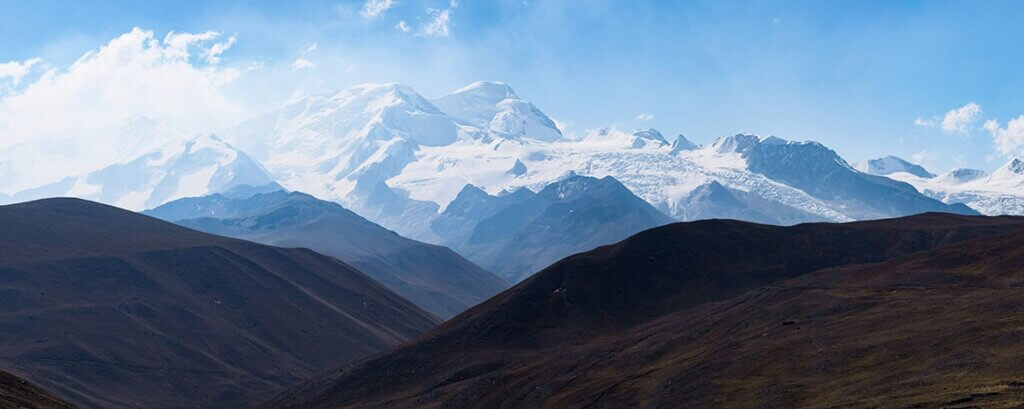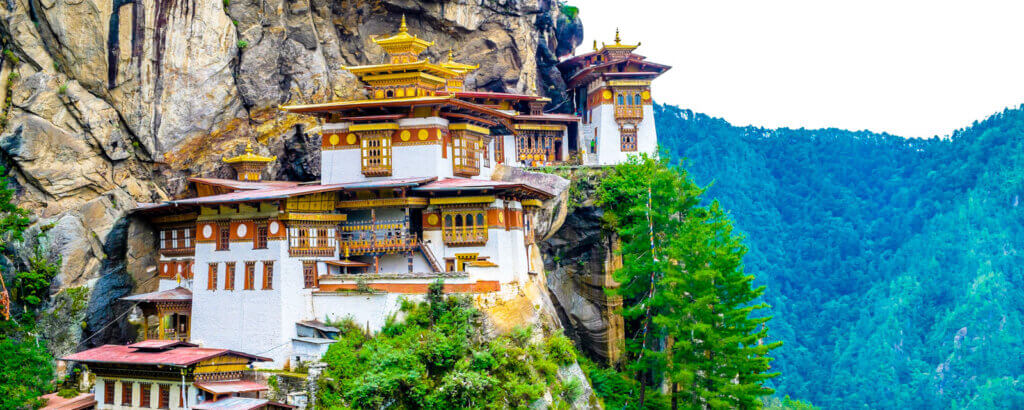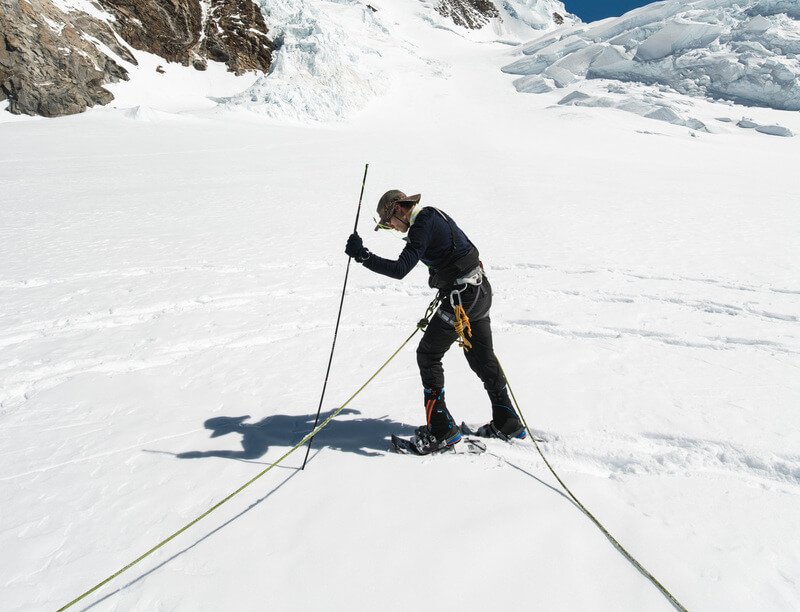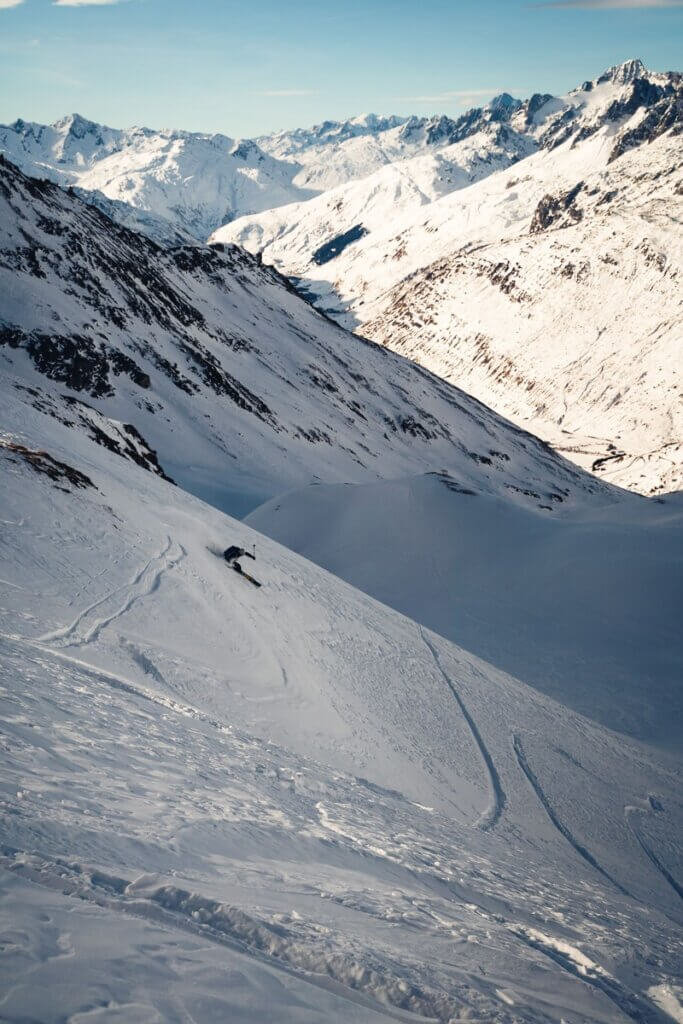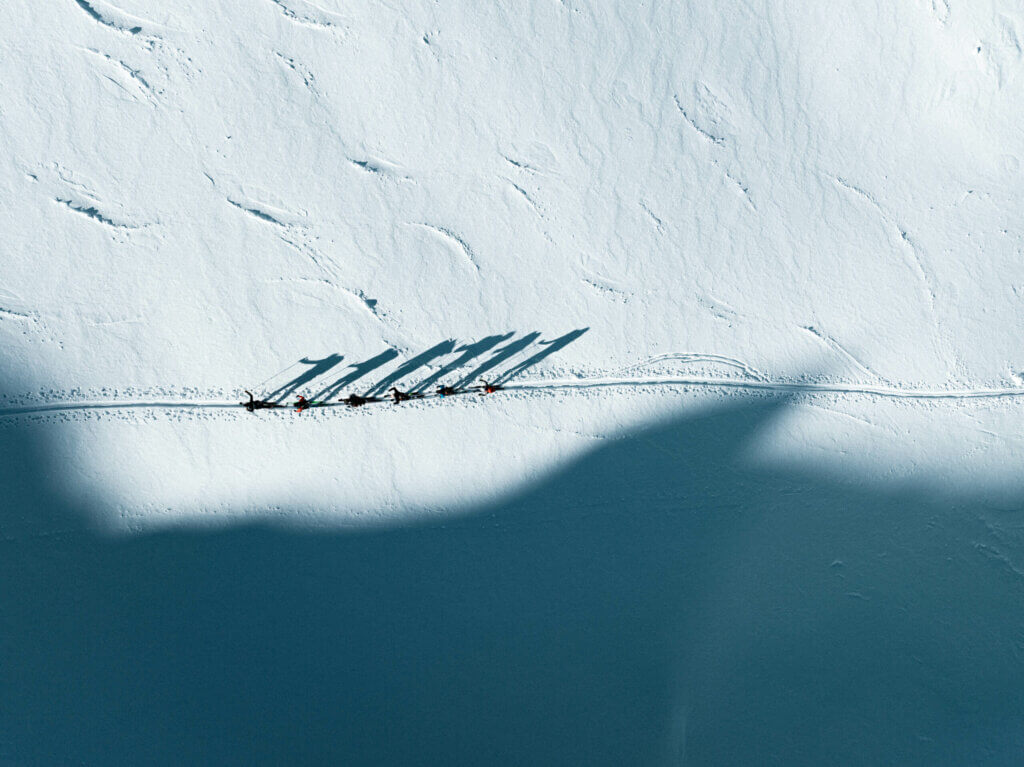General overview
Lhotse is the fourth highest mountain in the world at 8,516 metres (27,940 feet), and is unique in that it is climbed from virtually the same route as Mount Everest.The route to camp 4 is the same as that of Tenzing and Hillary’s first ascent route of Everest in 1953, and the dates we have chosen feature the best weather of the year. Join our team on one of the most beautiful and iconic climbs anywhere in the world!
Our full-service expedition includes:
- British, European, or American leader
- Expert climbing Sherpa
- Five-bottle set of oxygen
- Transport to base camp to/from Kathmandu, including accommodation and domestic flights
- Yak transport of all equipment from Lukla to and from basecamp
- Skillful base camp cooks
- Three meals each day
- Group emergency equipment and satellite phone
- Full base camp with dining tent, showers, bathroom, and solar charger
- Private tents in basecamp (no sharing)
- Double occupancy tents above base camp
- All permit fees and liaison officers
- Use of group gear and supplies
- Two nights stay in a Kathmandu hotel on arrival and two nights prior to departure in a double room. Private rooms are available for a small additional fee.
- Airport transfer
What is not included?
- International flights to/from Kathmandu
- Mountain climbing rescue and travel insurance
- Personal climbing equipment and clothing
- Extra Oxygen (available on request)
- Gratuities for staff
- Nepalese visa
Our basic climb includes:
- All permit fees and liaison officer
- 5-bottle set of oxygen, mask, hoses, and regulator (More oxygen available on request)
- Basecamp meals: basecamp sleeping tent, basecamp dining tent, and tables and chairs
- Transport to base camp to/from Kathmandu, for you and personal equipment only (boots, ice axe, clothing, sleeping bag), including accommodation and meals on the road
- A walkie-talkie radio
- Emergency equipment and supplies
- Access to team fixed ropes and camps (sites, not tents)
- Airport transfers
- Two nights stay in a Kathmandu hotel on arrival and two nights prior to departure in a double room. Private rooms are available for a small additional fee.
- Other services and may be purchased and hired at minimal expense
Add on High Attitude Support :
- Private Sherpa (personal guide/porter) – Carries up to 10 kg (22bs) of your personal equipment, climbs with you, melts water, cooks, and will be with you every step of the way.
- Personal equipment carriage service – Sherpa carries up to 10kg (22lbs) of personal equipment up and down the mountain between camps
Itinerary
1) Arrive in Kathmandu, 1300 metres (4,265 feet). Stay at hotel.
2) Orientation meeting, checking of your climbing gear and guided shopping to buy last minute supplies, visit temples, and tour the city. Stay at hotel.
3) Fly to Lukla, 2860 metres (9,385 feet). Walk to Phakding 2650 metres (8,695 feet). Stay in Teahouse.
4) Walk to Namche Bazaar, 3450 metres (11,320 feet). Teahouse.
5) Rest day with acclimatization hike to Everest View Hotel in Namche. Teahouse.
6) Walk to Pangboche, 3750 metres (12,300 feet). Participate in a Buddhist Puja blessing ceremony with the local Lama at the monastery if you wish. Teahouse.
7) Walk to Dingboche, 4410 metres (14,470 feet). Teahouse.
8) Acclimatization walk in Dingboche to 5000 metres (16,400 feet), return to Dingboche.
9) Walk to Lobuche, 4900 metres (16,075 feet). Teahouse.
10) Walk to basecamp, 5340 metres (17,400 feet). Camping
11) Rest, organization, and climbing gear checking in basecamp.
12) Ice training on the seracs of the Khumbu Glacier in basecamp.
13) Walk to Pumori advanced basecamp, 5800 metres (19,000 feet). Sleep there.
14) Rest in basecamp
15) Climb to camp 1 at 6100 meters (20,010 feet). Sleep at camp 1.
16) Rest in Camp 1
17) Walk partway to Camp 2. Return to camp 1. Sleep at camp 1
18) Climb to camp 2 at 6600 metres (21,500 feet). Sleep there.
19) Rest in Camp 2
20) Rest in Camp 2. Walk to the base of the Lhotse Face and return to camp 2. Sleep in Camp 2.
21) Rest in Camp 2
22) Climb to camp 3 at 7300 metres (23,950 feet). Sleep in Camp 3
23) Walk/Climb down to camp 2. Sleep in Camp 2
24) Walk down to basecamp
25) Rest in basecamp.
26) Rest in basecamp.
27) Descend to a lower village such as Pangboche at 3750 metres (12,300 feet). Or rest in basecamp.
28) Rest in lower village. Or rest in basecamp.
29-39) Rest in lower village and wait for the summit window. Or rest in basecamp.
40) Return to basecamp from lower village. Or rest in basecamp.
41) Return to basecamp from lower village. Or rest in basecamp.
42) Rest in basecamp. Wait for summit window.
43) Rest in basecamp. Wait for summit window.
44) Climb to camp 2, sleep there.
45) Rest in Camp 2
46) Climb to camp 3, sleep there.
47) Climb to camp 4, sleep there.
48) Attempt summit.
49) Extra day for summit attempt
50) Return to camp 2.
51) Return to basecamp.
52) Pack up basecamp.
53) Trek down to Pheriche. Teahouse.
54) Trek down to Pangboche. Teahouse.
55) Trek to Namche. Teahouse.
56) Trek to Lukla. Teahouse.
57) Flight from Lukla to Kathmandu. Stay at hotel.
58) Extra day for Lukla flight to Kathmandu. Stay at hotel.
59) Extra day in Kathmandu, in case of delay, and for sightseeing, gift shopping. Hotel.
60) Fly Home. Thanks for joining our expedition!
Good to know
Leadership
Leadership: Dan Mazur and Don Wargowsky are relaxed, friendly, well organized, and highly skilled professional with over 30 years combined experience leading people to the summits of mountains such as Everest, Lhotse, K2, Broad Peak, Gasherbrum, Cho Oyu, Lhotse, Manaslu, Shishapangma, AmaDablam, and Baruntse
Sherpas: We employ some of Nepal, Tibet, and the Karakorum’s best local mountaineers and Sherpas to assist team members in realizing their summit goals. Our friendly and loyal high altitude climbing staff has supported teams to the summits of more than ten of the highest peaks in the Himalaya.
Experience and Training
Prior winter snow walking, climbing, camping, and experience at altitude is recommended. The trip includes climbing training. We will teach you everything you need to know on glaciers near basecamp. Team members should be fit and in good health. Please see our questions section for fitness training advice.

